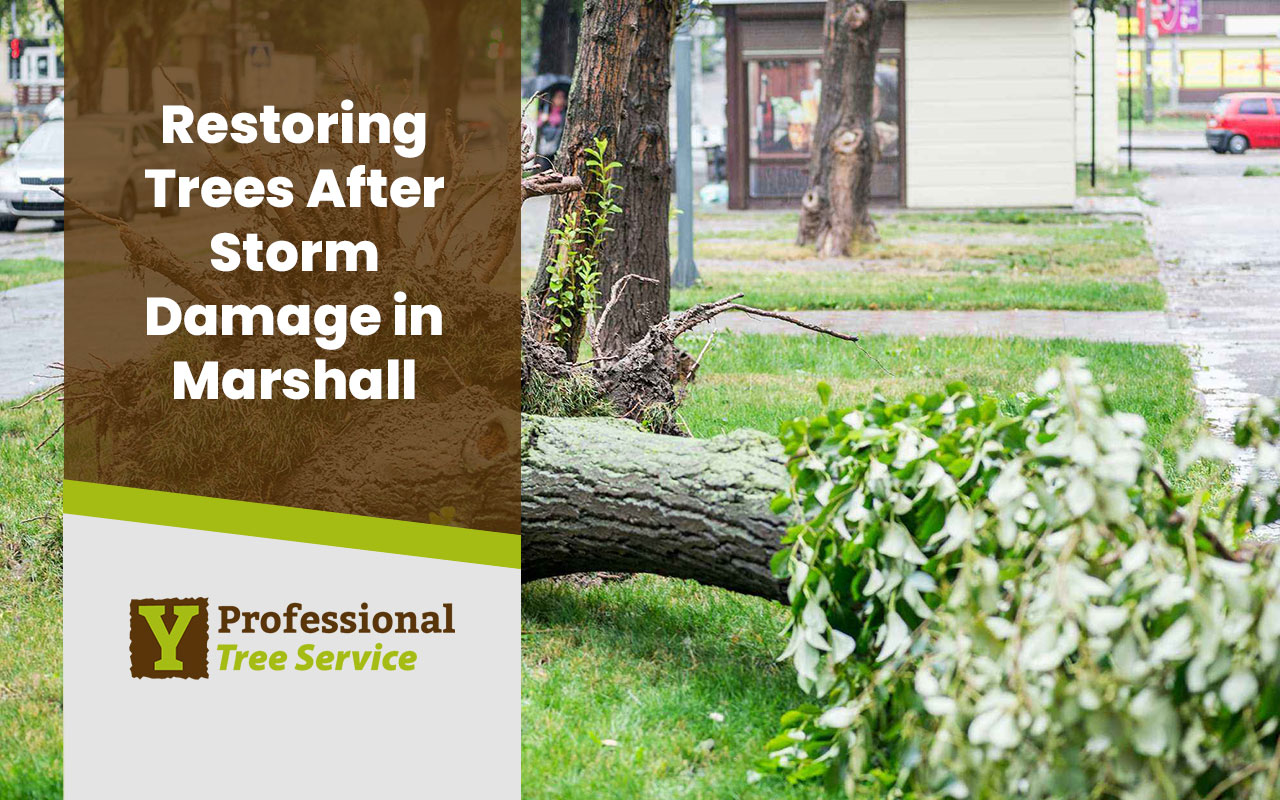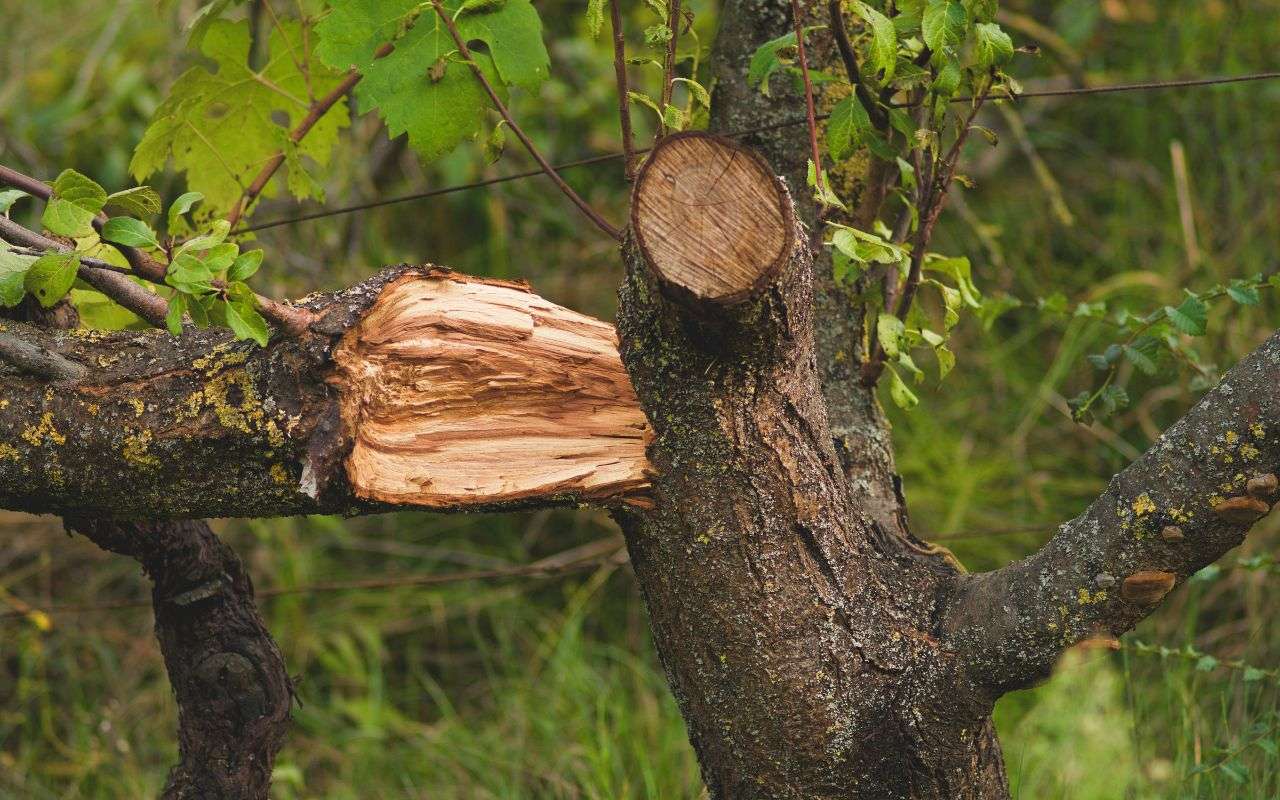
Storms can leave your yard in a mess. Fallen branches, leaning trees, and debris can create serious safety risks. Proper tree recovery after storm damage is essential to restore your landscape and prevent further problems. You might wonder—should you save or remove a damaged tree? How do you clean up safely? In this guide, you’ll learn expert tree recovery tips to assess damage, remove hazards, and help your trees heal.
Tree Recovery After Storm Damage: Essential Steps
Assessing Tree Stability and Safety First
Before cleaning up, check if your trees are safe. Some may need immediate attention, while others can recover. Here’s what to look for:
- Cracks in the trunk or major limbs
- Leaning trees or exposed roots
- Branches tangled in power lines (Call a professional immediately)
If a tree is unstable, avoid standing near it. A sudden collapse could cause injuries or property damage.
Removing Broken Branches Safely
Storm-damaged trees often have weak or hanging branches. Removing them quickly prevents further breakage and promotes healing.
- Trim small broken branches using sharp pruning tools.
- Cut branches at the nearest healthy joint to avoid jagged wounds.
- For large or high branches, hire an expert in emergency tree care.
Never attempt to remove branches near power lines. Call your utility company or a certified arborist instead.
Tree Repair Techniques to Promote Healing
Some storm-damaged trees can be recovered with proper care. If the main structure is intact, try these tree repair techniques:
- Smooth rough edges on broken branches to prevent infection.
- Brace weak trunks with cabling or stakes for support.
- Water deeply to help trees regain strength after stress.
If over 50 percent of a tree’s canopy is gone, removal might be the best option. Consult a professional if unsure.
Storm Cleanup Services: When to Call the Pros

Handling storm damage alone can be dangerous. Storm cleanup services make the process safer and more efficient. Consider professional help if:
- Large trees or limbs have fallen on structures.
- The tree’s roots are exposed, making it unstable.
- You’re unsure if the tree is safe to keep.
Tree experts have the right equipment to handle complex jobs and prevent further damage.
Preventing Future Damage: How to Strengthen Your Trees
The best way to reduce storm damage is through preventative care. Healthy trees withstand strong winds better than weak ones. Here’s how to prepare your trees for the next storm:
- Regular pruning removes weak branches before they become a hazard.
- Choose wind-resistant species when planting new trees.
- Keep trees hydrated and fertilized to maintain strong roots and limbs.
A little care now can save you from costly damage later.
FAQs About Tree Recovery After Storm Damage
How do I know if my tree is beyond saving? If the trunk is split or more than half the branches are lost, removal may be necessary. Can a tree with a broken top recover? Some species can regrow, but it depends on the extent of damage. Ask an arborist for advice. What’s the fastest way to help my tree recover? Prune damaged branches, provide deep watering, and monitor for signs of disease. Dealing with storm-damaged trees can feel overwhelming, but acting quickly helps protect your landscape. Whether you need help removing broken branches, assessing tree stability, or preventing future damage, professional care ensures long-term tree health. We specialize in tree recovery after storm damage in Marshall County. Our certified arborists provide expert services to restore your property’s safety and beauty. Contact us today for a consultation, and let us help you bring your trees back to health.
